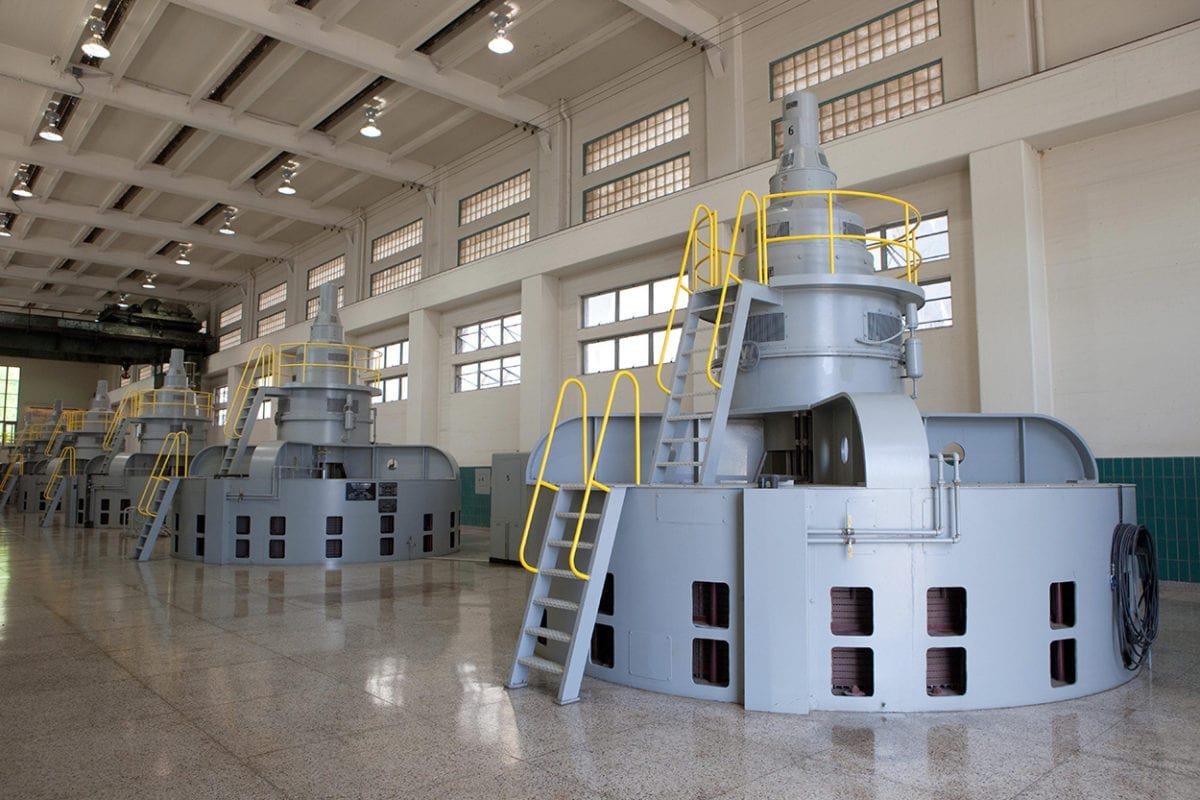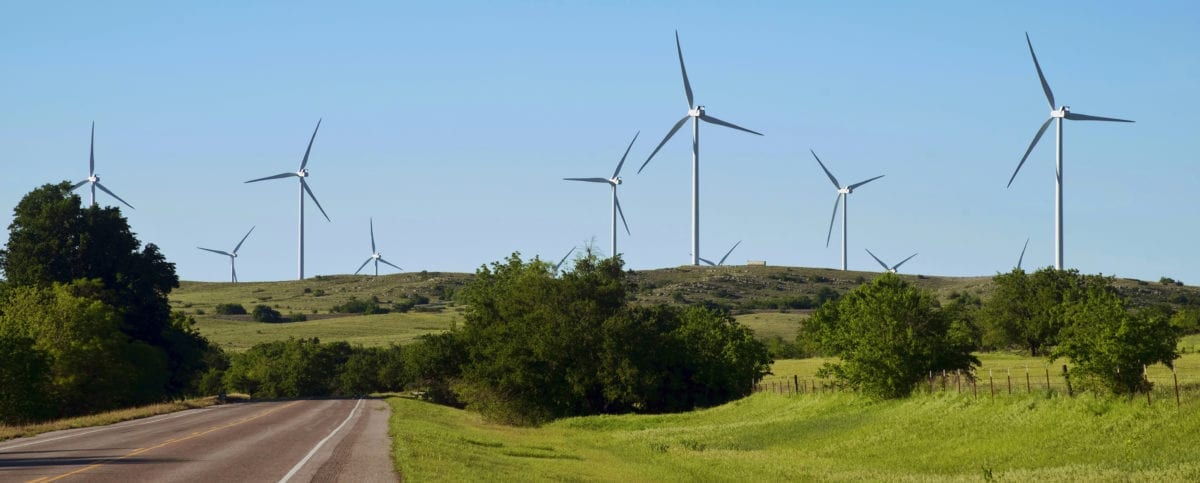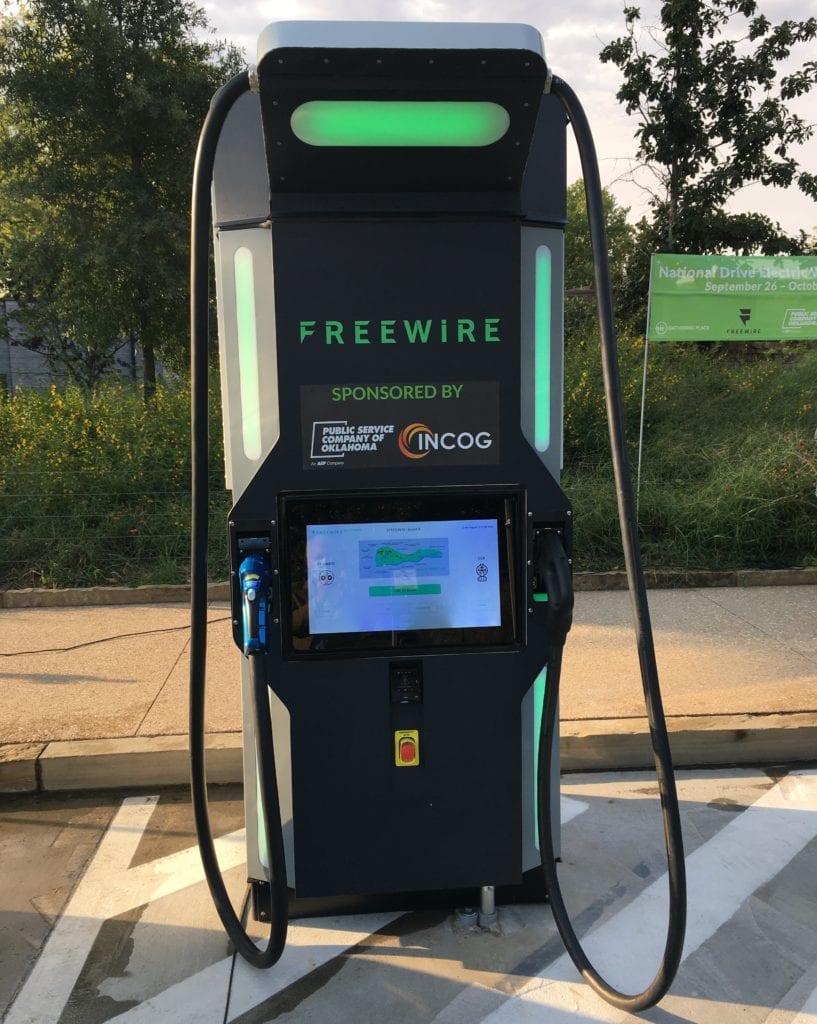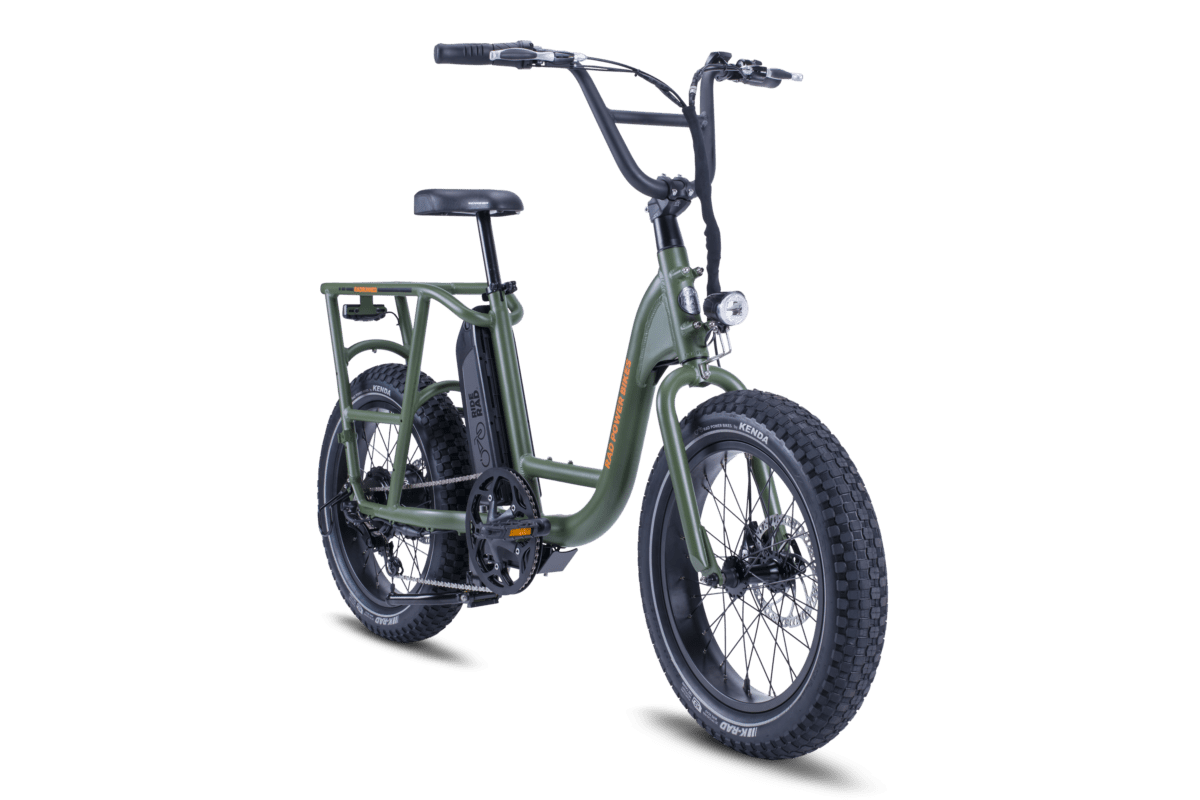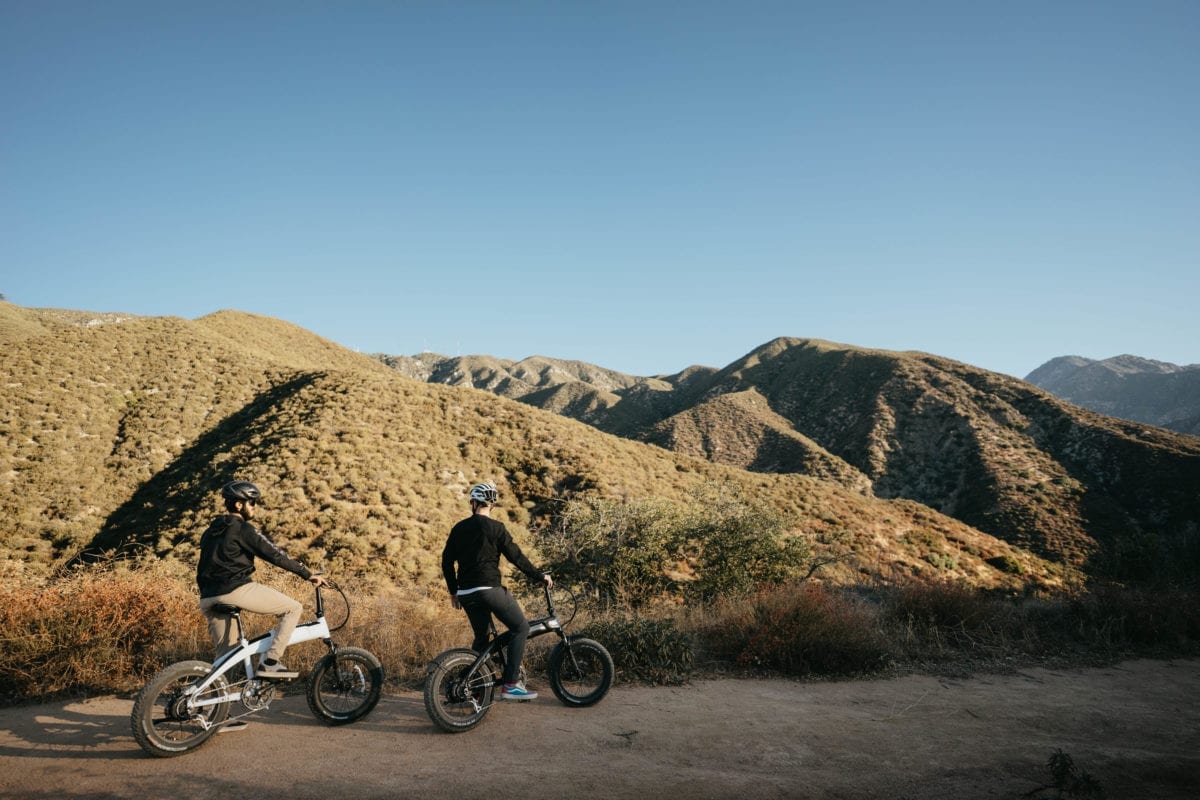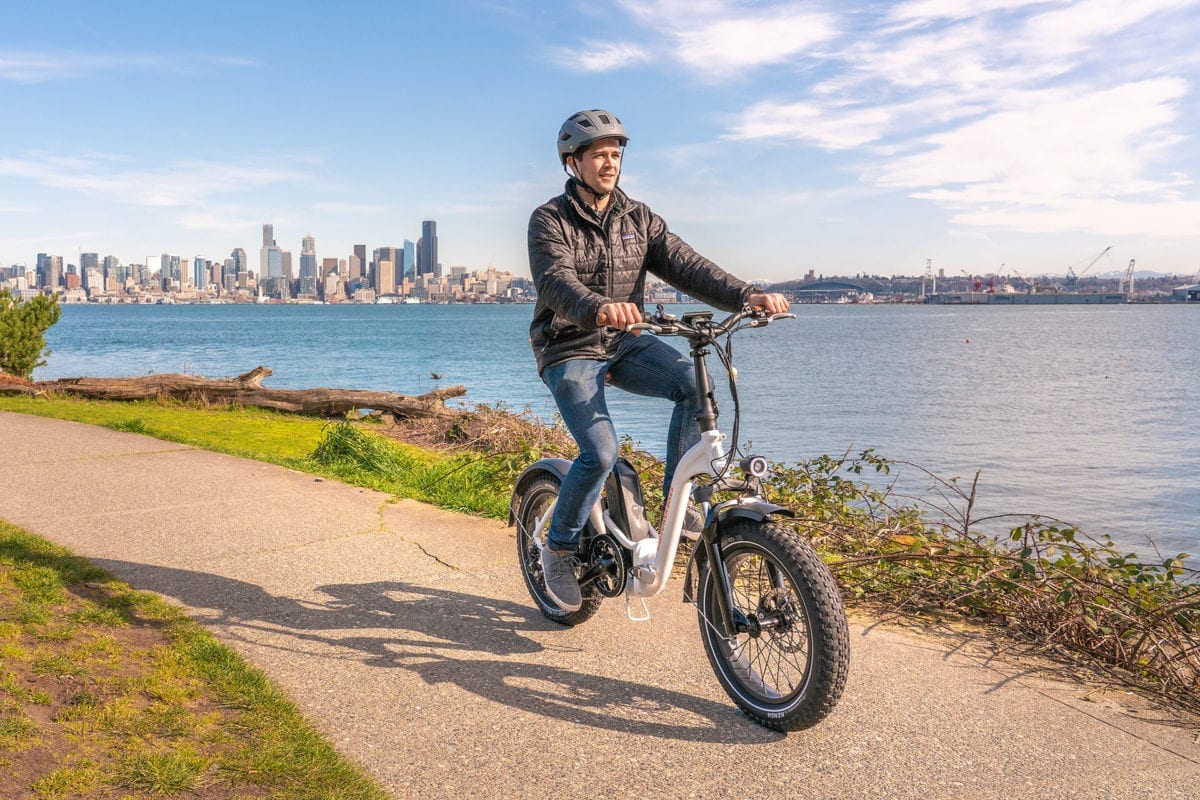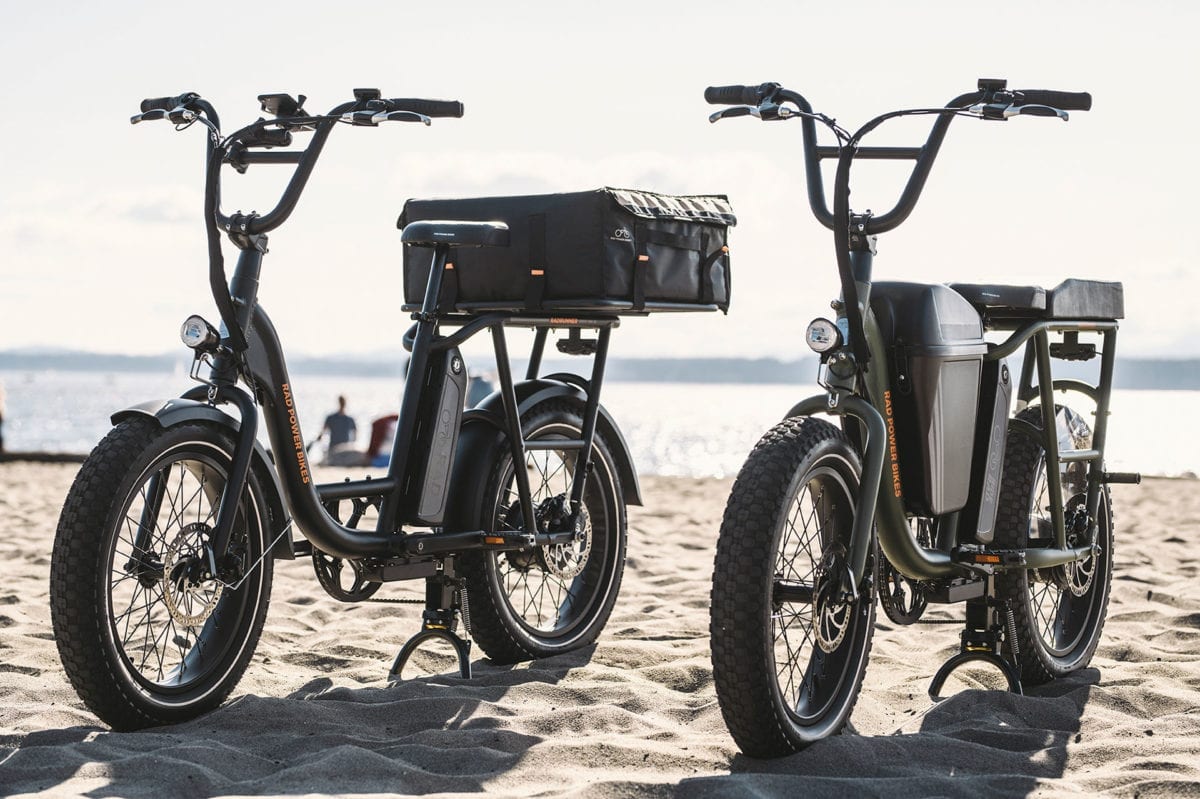Electricity is a luxury we often take for granted. It powers our days, but we rarely take time to appreciate just how important this utility really is. Companies around the state work diligently to create clean energy to propel our state into a sustainable future. We go behind the scenes with a few of these businesses to see the ways they’re helping to power Oklahoma; discuss the pros of the electric and hybrid vehicles on the market; and explore ways to appreciate electric commodities during leisure time.
Starting at the Top: GRDA
The Grand River Dam Authority was all about clean, renewable energy before it was cool. Hydroelectric generation has been a significant part of the company’s portfolio going on 80 years.
In 1940, four years before the Hoover Dam was completed, the GRDA finished construction of Oklahoma’s first hydroelectric generation facility. The Pensacola Dam was built to provide clean, renewable energy hydropower to customers throughout Oklahoma.
The momentum continued. In 1960, GRDA added its hydroelectric production capability with the completion of the Robert S. Kerr Dam, also on the Grand River. By the end of the decade, GRDA built the Salina Pumped Storage Project, the state’s only pumped storage hydroelectric facility. In short, no Oklahoma-based utility does hydroelectric power quite like GRDA.
“While hydro is an important part of our overall generation portfolio, GRDA also generates electricity with natural gas, coal and has some wind power purchase agreements as well,” says Justin Alberty, vice president of corporate communications. “It is a diverse portfolio overall.”
Energy generated through hydropower relies on the water cycle – which is driven by the sun – making it a renewable power source. The GRDA, created by the state legislature in 1935, is a public-power utility that sells wholesale electricity to public power communities.
Hydroelectric facilities such as GRDA’s fit the concept of renewable energy because these facilities use running water, without reducing its quantity, to produce electricity, according to the United States Geological Survey. Hydroelectric power is a domestic source of energy, allowing each state to produce its own energy without being reliant on international fuel sources.
Legacy power sources – natural gas and coal – are an even bigger part of GRDA’s portfolio. The company added coal-fired units in 1982 and 1986. In 2008, they purchased a 36% interest in the Red Bud Plant, a natural gas generation facility. In 2012, the company signed a power-purchase agreement with an Oklahoma wind farm. In 2017, a cycle gas generation facility was added adjacent to its coal units.
Natural gas and coal account for much of the GRDA’s energy generation capacity, but hydro has a capacity of 254 megawatts (MW). In 2019, the total U.S. conventional hydroelectricity generation capacity was 79,746MW, or about 80 million kilowatts, according to U.S. Energy Information Administration.
Hydroelectricity also contributes to the storage of drinking water. GRDA manages more than 70,000 surface acres of water in northeast Oklahoma and the Illinois River. The GRDA’s lakes serve as storage for 50 municipal water systems and rural water districts, including Tulsa.
Closer to Home: OG&E and PSO
Oklahoma Gas and Electric (OG&E), formed in 1902, is the state’s oldest utility, serving 276 Oklahoma and western Arkansas towns and cities.
To meet the needs of 858,000 customers, the state’s largest investor-owned electric utility has taken significant steps in providing renewable energy. The company takes a balanced approach to generating electricity through diverse fuel types – 50% natural gas, 39% coal and 11% renewable energy.
“This fuel diversity allows us to maintain system reliability and continue to keep energy costs low for the people we serve,” according to OGE.com.
The company’s renewable energy starts with its Wind Power program, in which customers can buy Renewable Energy Credits (REC) from wind power farms in northwest Oklahoma. OG&E says its customers can purchase as little as 1,000kWh (kilowatt-hour) power per month for one year, which is equivalent to removing nine tons of emissions from the air.
Oklahoma is ranked sixth among states for wind-power capacity.
OG&E is also building a solar power plant in Covington, which could serve the needs of more than 10,000 Oklahoma homes. OG&E says it was the first Oklahoma utility to offer universal solar power to customers in coordination with the Mustang Energy Center. In addition, five-megawatt solar farms are being built in Davis and Durant. Nearly half of the energy from these farms will be used to help the Chickasaw and Choctaw Nations meeting their renewable energy needs.
Public Service Company of Oklahoma, or PSO, is part of the American Electric Power (AEP) system, which is focused on delivering new technologies and custom energy solutions to its more than 550,000 customers in eastern and southwestern Oklahoma.
PSO leans on its legacy power sources – natural gas and coal – to generate 3,733MW from its network of generation stations. But PSO also uses wind power for 22% of its energy mix.
In February, the Oklahoma Corporation Commission approved a PSO wind plan that would add 675MW of Oklahoma wind-generated power. The plan calls for PSO to own, with a $2 billion investment, a share of three Oklahoma wind farms known collectively as the North Central Energy Facilities. Today, customers can participate in its WindChoice program and choose how much of their monthly usage they’d like to designate as wind power.
PSO also has a proposed solar project with Fort Sill military base that involves the construction of four 9MW natural gas-fired reciprocating internal combustino (RICE) generators, and 10.9MW of photovoltaic (PV) solar energy. The company also has energy programs designed to help customers save on their bills.
“Whether it’s resident or commercial, there are some types of energy-efficiency-related programs to save the customer money and energy,” says Stan Whiteford, the company’s regional communications manager.
Those programs include rebates and incentives for Energy Star-certified products, new homes or new-home construction. PSO also offers a program to help low-income people with weatherization efforts.
Charging Stations
Looking to buy an electric vehicle but worried about finding a charge? Chargehub.com is a helpful resource to find a station near you. The good news is that Oklahoma’s two major metros have several stations around town, but smaller cities like Ada, Bixby and Yukon offer only a few.
It’s also imperative to have a charging station at home. Tesla recommends getting quotes for installations from various electricians in your area. Amazon also offers charging tools for delivery; highly rated models range from $500-$700.
Sustainable Cruising
The United States is rapidly adopting electric or hybrid vehicles, and for good reasons – cost savings and reduced emissions.
According to the U.S. Department of Energy, it costs about half as much to drive an electric vehicle compared to a similar vehicle that runs on gasoline. EVs can reduce emissions that contribute to climate change and smoke, leading to improved public health and reduced ecological damage, according to the DOE. EVs also reduce the threat of price spikes and supply disruptions, because nearly all of U.S. electricity is produced from domestic sources, including coal, nuclear, natural gas and renewable sources.
EVs are also highly responsive with exceptional torque while also being more digitally connected than conventional vehicles. Depending on battery capacity and whether heating or air conditioning are used, EVs have ranges from 100 to 400 miles.
According to a Bloomberg NEF report, electric vehicles will represent 10% of global passenger vehicle sales in 2025, rising to 28% in 2030 and 58% in 2040.
Globally, U.S. EV adoption rates are lower than Europe and China because of limited projections of charging infrastructure, according to a BloombergNEF study. But the U.S. is making efforts to reverse this trend. ChargePoint and the National Association of Truck Stop Operators announced a $1 billion charging program to drive the expansion of EV charging stations along highways and in rural communities. The Oklahoma Department of Environmental Quality’s ChargeOK program is managing projects to install EV charge stations through the state with 15 sites targeted.
The Bloomberg study also projects that the U.S. can catch up by the end of the 2030s because nearly 60% of U.S. households with two or more cars have the ability to install home charging.
Oklahoma’s utility companies are taking notice.
OG&E features an EV calculator to show much charging with electricity saves over a gas-powered internal combustion engine. PSO residential customers are eligible for rebates up to $250 for Energy Star-certified Level 2 EV supply equipment (EVSE). The Oklahoma Electric Cooperative offers a rebate of up to $200 for customers who own a plug-in electric vehicle. To qualify, customers must have a Level 2 charge and schedule vehicle charging during off-peak hours.
In Tulsa – the city that billed itself as the “Oil Capital of the World” for most of the 20th century – raised awareness for electric vehicles with its pitch for Tesla to move a factory to Tulsa, going so far as to paint a Tesla logo on the Golden Driller. Tesla instead chose Austin, but announced that it was building a service center in Tulsa, and Tesla CEO Elon Musk acknowledged that his company might consider the city for future projects.
Tesla built its name on EVs and its vehicles have the longest range. But others are joining the field, including traditional gas stalwarts GMC (Hummer EV), Ford Mustang Mach-E, Mercedes-Benz (EQC), Volkswagen (ID.4), Audi (e-tron GT), BMW (iNext), and Volvo (Polestar 2), to name a few.
Electric Leisure
So maybe you can’t afford a brand-new electric vehicle, but you can still enjoy electric goodies around town.
A popular invention is the fat tire electric bicycle, allowing minimal physical strain and the ability to cruise on just about any terrain. Popular brands include Rad Power Bikes, Aventon Sinch, Ecotric and E Cells. Most models can go up to 20-25 mph and range from $400-$1,500. You can easily buy online, but if you prefer to patronize local shops, visit Tom’s Bicycles, Phat Tire Bike Shop and Spoke House in Tulsa; and Bike One, Trek Biycle and Al’s Bicycles in OKC.
If you’re not quite ready to make the full financial commitment, electric bikeshare programs can be found in both Tulsa and OKC. Tulsa offers This Machine, with semi-electric bikes available to rent through a smartphone app. OKC offers Spokies, with both electric and manual bikes to rent. Visit thismachinetulsa.org and spokiesokc.com for more information.
Other goodies include electric unicycle boards, which look like a combination of a Segway and a skateboard. A well-known brand is OneWheel, which offers several models ranging from $950-$1,800. The boards can reach up to 19 mph and have a range from 6-18 miles.
And, of course, you can always zoom around town on the electric scooters available through rideshare programs. Bird and Lime models can be found just about every block in the major metros – just make sure you follow the rules of the road!






















